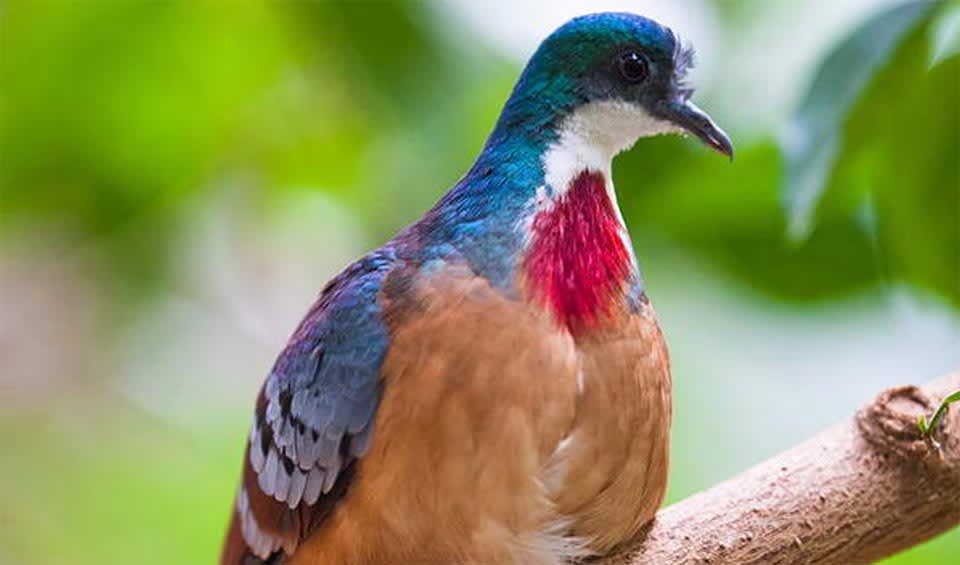Gallicolumba – Ground doves & bleeding hearts
Unlike their tree-dwelling cousins, they spend most of their time on the forest floor, scratching through leaf litter in search of food
They are among the more intriguing members of the dove family. These birds are particularly noted for their distinctive appearance and behaviors, which set them apart from the typical doves that frequent urban settings. Found predominantly in the tropical regions of Southeast Asia and the Pacific Islands, each species of Gallicolumba has adapted beautifully to its specific habitat, though they all share some common and fascinating traits.
One of the most striking features of the Gallicolumba is its coloration. These birds typically exhibit vibrant and contrasting hues, with many species displaying a combination of soft grays, rich blues, and earthy browns, often complemented by bright red or yellow patches around their eyes or on their legs. The breast of many Gallicolumba species is particularly stunning, characterized by a deep, iridescent chestnut or purple, which can shimmer in the sunlight. This vibrant plumage not only makes them a delight to observe but also serves as camouflage among the forest floors and undergrowth where they spend much of their time.
Unlike many other dove species, Gallicolumba are predominantly terrestrial, meaning they spend a great deal of time on the ground. Their strong, short legs are designed for walking rather than perching, and they are adept at moving through dense underbrush where they search for food. Their diet mainly consists of seeds, fruits, and small invertebrates, which they forage from the forest floor. This ground-based lifestyle is uncommon among birds in their environment, which often exposes them to predators; however, their muted earth tones help them remain inconspicuous among the leaves and debris.
Species in this genus
Mindoro bleeding-heart
A vibrant red patch, shaped like a heart (though thankfully not a symbol of injury!), stands out against its white underparts
Negros bleeding-heart
Has been pushed to the brink of extinction by deforestation and hunting



